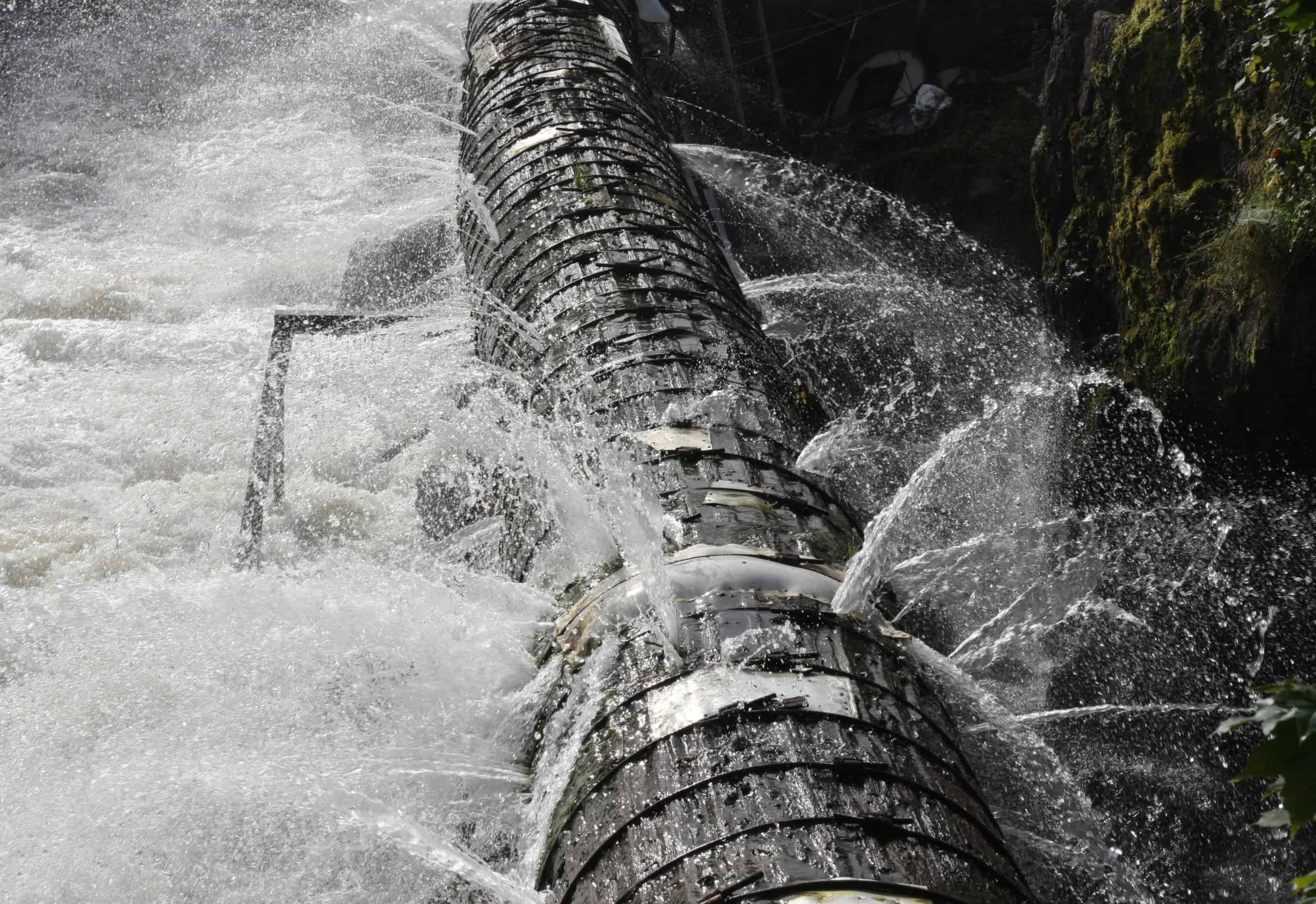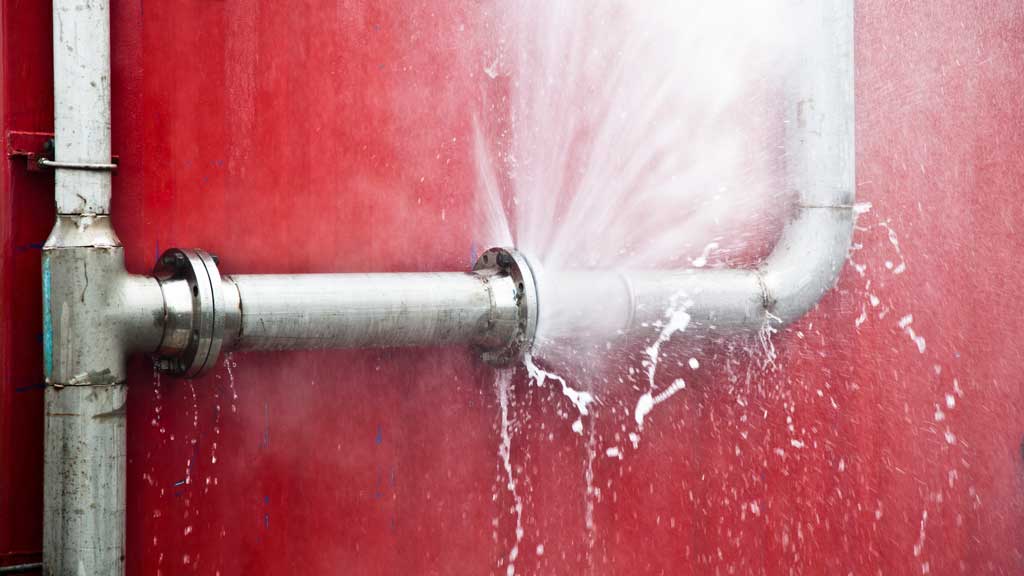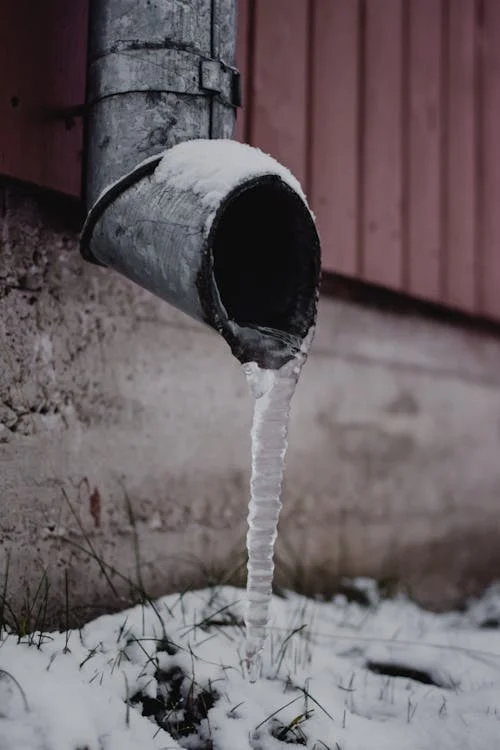Preventing Burst Piping: Important Tips to Secure Your Plumbing
Avoiding ruptured pipes is an essential concern for property owners, specifically during colder months when the danger of freezing is increased. Implementing critical procedures such as proper insulation, regular evaluations, and keeping consistent interior temperature levels can significantly decrease the chance of pipeline failure. Additionally, comprehending emergency treatments outfits property owners to respond swiftly to prospective plumbing problems. Numerous are uninformed of the certain susceptabilities that their pipes might face. Checking out these susceptabilities can give very useful understandings into securing your pipes system effectively.
Understand Pipeline Vulnerabilities
Recognizing pipe vulnerabilities is necessary for effective plumbing maintenance and stopping pricey damages. Several variables add to the susceptibility of pipelines to bursts, including material composition, age, and ecological problems. Older pipelines, specifically those made from galvanized steel or polybutylene, typically deteriorate with time, leading to raised threat of ruptures and leakages.
Temperature variations can likewise significantly impact pipeline stability. In cooler climates, water trapped in pipes can ice up, applying and increasing stress on the pipeline wall surfaces, which might eventually bring about a burst. Moreover, high water stress can strain pipes, specifically at bends and joints, enhancing the possibility of failure.

Insulate Water Lines Appropriately
Proper insulation of pipelines is important for preventing freezing and subsequent bursts throughout winter (burst pipe). Protecting your plumbing system effectively safeguards against temperature drops that can lead to costly damage. Begin by identifying vulnerable locations where pipelines are subjected to outdoor temperatures, such as basements, attic rooms, and outside wall surfaces
Usage foam pipeline insulation sleeves or cover insulation tape around these areas to supply a protective obstacle. Ensure that all areas of the pipelines, especially those with restricted heat exposure, get ample insulation. Pay unique interest to joints and installations, as these are extra at risk to cold.
When protecting, it's important to choose products that satisfy regional building codes and are ideal for the specific environment. For instance, fiberglass insulation is typically advised for its thermal resistance homes - burst pipe. Furthermore, think about using warmth cable televisions or tape in severe conditions, which can be plugged in to supply supplementary warm
Consistently inspect shielded pipes for any kind of indications of wear or damage, as endangered insulation can reduce its effectiveness. By taking these proactive measures, you dramatically lower the threat of pipeline bursts, ensuring a reputable plumbing system throughout the winter season.
Maintain Regular Temperature
A secure indoor temperature is crucial for preventing ruptured pipelines throughout the freezing months. When temperature levels decrease, water within pipes can ice up, developing and broadening pressure that might ultimately trigger the pipes to ruptured. To minimize this danger, house owners should keep a constant temperature level throughout their living area, ideally no less than 55 ° F(13 ° C)Making use of a programmable thermostat can help handle interior temperatures efficiently, guaranteeing that spaces with pipes continue to be cozy also when your house is vacant. Pay unique interest to locations that are more vulnerable to cold, such as garages, attics, and basements. Maintaining cabinet doors open under sinks can likewise enable warmer air from the home to distribute around plumbing.
On top of that, it is sensible to enable taps to trickle a little throughout extreme cold spells. This minor flow of water can prevent cold by alleviating stress within the pipelines. Throughout specifically serious climate events, consider temporarily putting on hold any type of nighttime troubles on your thermostat to keep a consistent cozy setting. By carrying out these techniques, property owners can substantially reduce the threat of pipeline bursts and protect their pipes systems versus the rough winter months elements.
Routinely Examine Pipes
Normal assessments of plumbing systems are important for preventing burst pipelines and keeping general home stability. Throughout these assessments, it is crucial to examine noticeable pipes for indicators of deterioration, leaks, or wear.
In addition, inspecting joints and links is vital, as these factors are usually susceptible to leakages. Property owners must likewise assess water pressure degrees, as excessive stress can stress the plumbing system and boost the danger of pipe ruptureds.
Think about scheduling specialist pipes examinations at the very least annually, especially prior to wintertime, to guarantee your system is gotten ready for colder temperature levels. Regular inspections not just assist in recognizing instant issues yet also foster long-term maintenance methods that can boost the life expectancy of your pipes system. By being proactive in your method, you can protect your home versus the costly and turbulent repercussions of burst pipes. Focusing on plumbing evaluations is an investment in your home's health and wellness.
Know Emergency Situation Treatments
Recognizing emergency situation procedures is crucial for every house owner, particularly after carrying out normal plumbing assessments. Being prepared for a pipes emergency situation can considerably reduce damages and save costs.
Following, keep important tools helpful. A plumbing emergency situation kit must include a my latest blog post wrench, bettor, and towels, as well as a flashlight and a pail for little leakages. In addition, consider having the contact information for a trusted plumbing readily available, should the scenario intensify additional hints past your control.
If you find a leakage or burst pipe, immediately shut off the water and inform your plumbing professional. Document the damages with photos for insurance policy purposes. Know the indicators of possible plumbing issues, such as unusual water stress variations or damp places on wall surfaces
Inevitably, positive expertise and swift action are essential in taking care of plumbing emergencies, ensuring your home continues to be secured and minimizing possible damage.

Verdict
Finally, avoiding burst pipes necessitates a complex technique that consists of understanding pipeline vulnerabilities, appropriate insulation, preserving regular interior temperature levels, normal inspections, and knowledge of emergency procedures. By executing these important approaches, the danger of pipes failings can be substantially minimized, thus guaranteeing the durability and effectiveness of the pipes system. Aggressive measures not only safeguard versus potential damages yet likewise add to overall water preservation and the security of property.
In chillier climates, water entraped in pipelines can freeze, broadening and applying pressure on the pipeline wall surfaces, which may ultimately lead to a ruptured. When temperatures drop, water within pipes can freeze, increasing and producing stress that click to read may eventually cause the pipes to burst. By carrying out these strategies, home owners can significantly decrease the risk of pipe ruptureds and secure their plumbing systems versus the rough wintertime elements.
